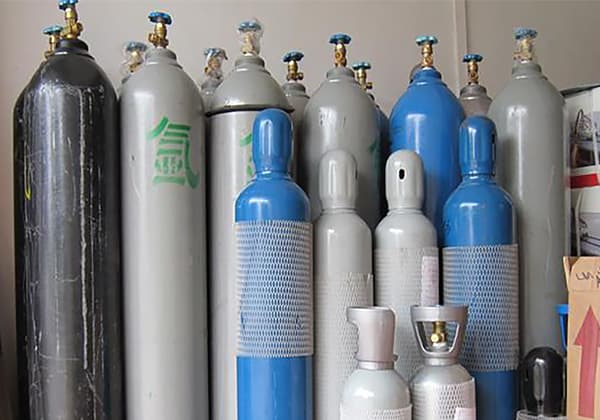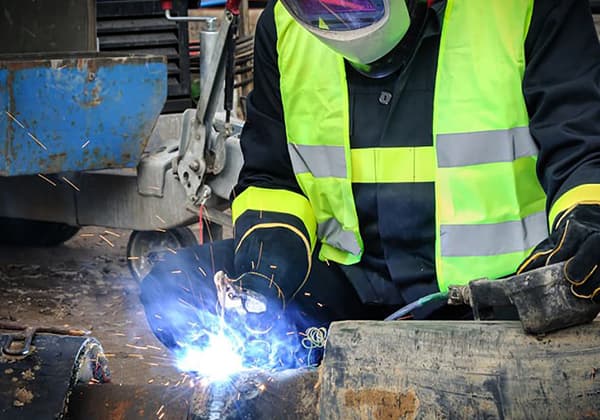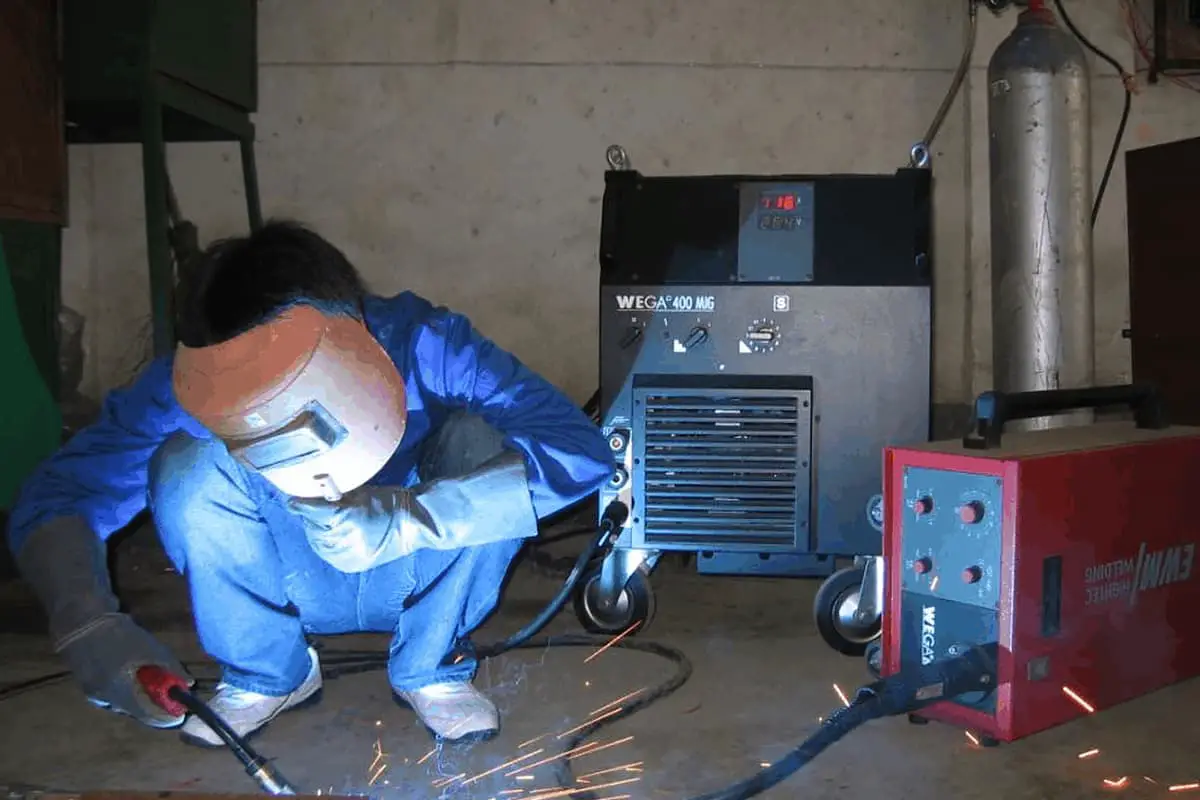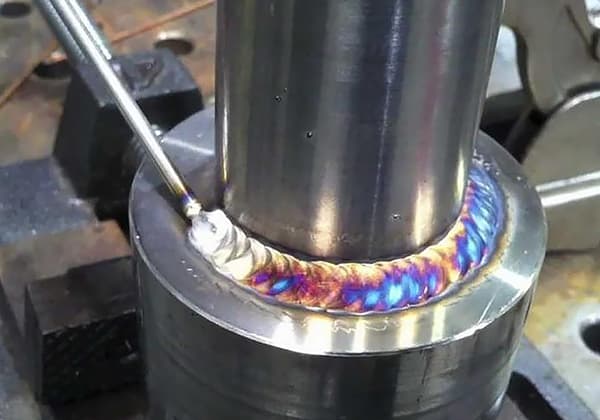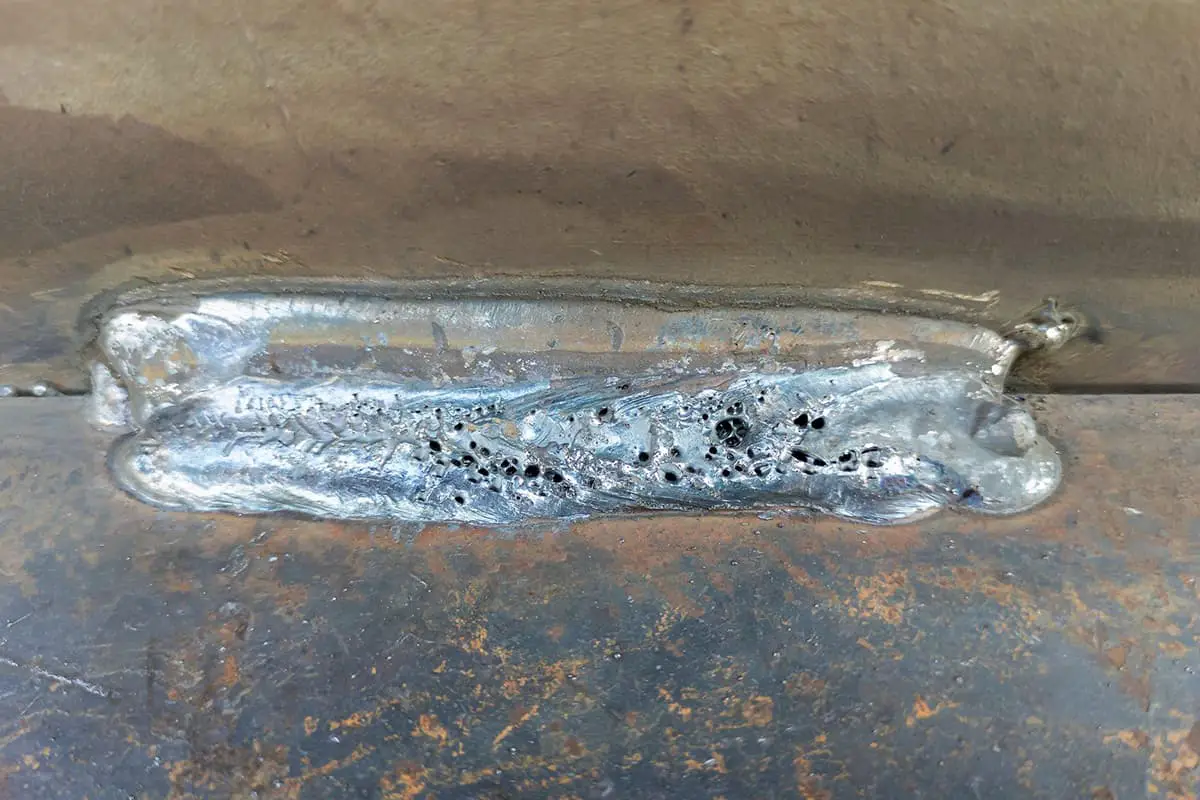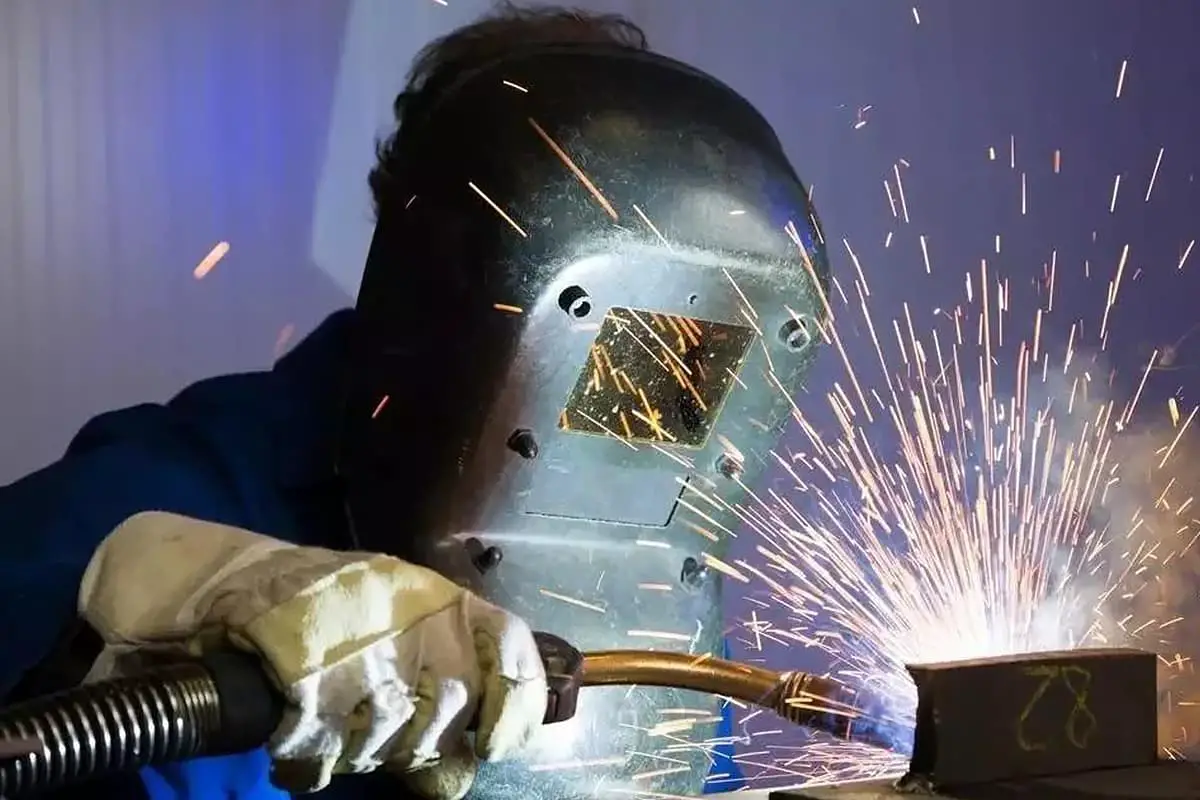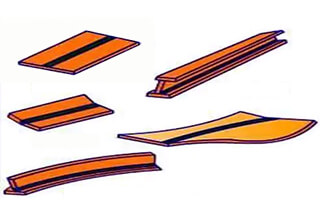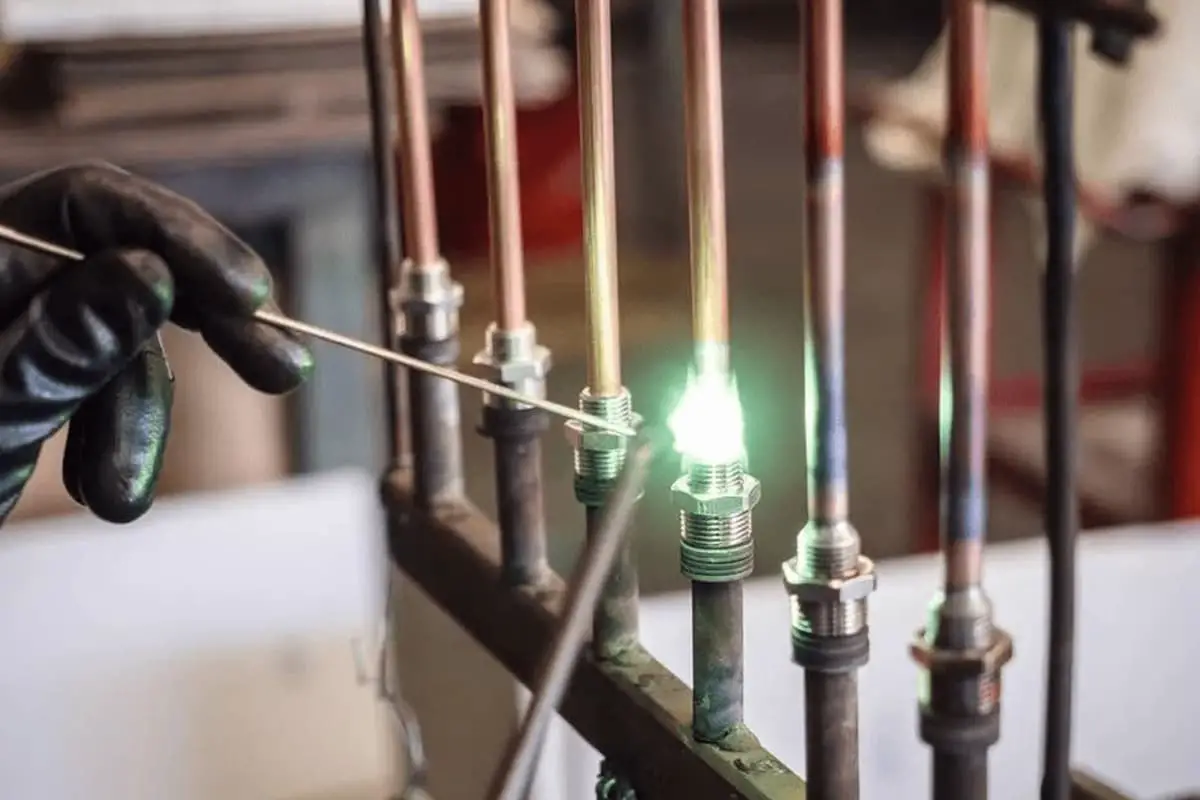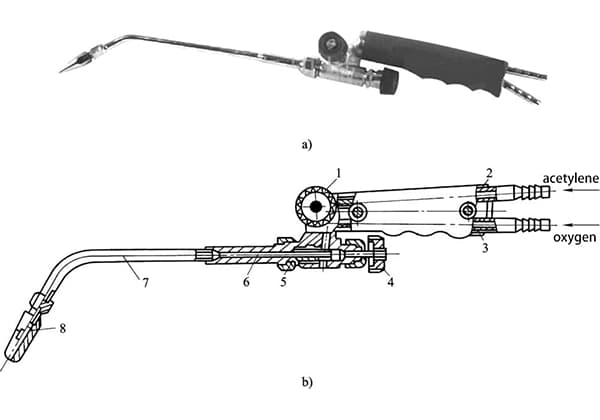
Is your welding machine experiencing gas flow blockages? This common issue can severely impact welding quality, causing defects like porosity and cracks. In this article, we’ll explore the primary causes of gas flow interruptions in gas shielded welding machines and provide clear troubleshooting steps to resolve them. By understanding and addressing these problems, you can ensure optimal performance and maintain the integrity of your welds. Dive in to discover practical solutions for keeping your welding machine running smoothly and effectively.
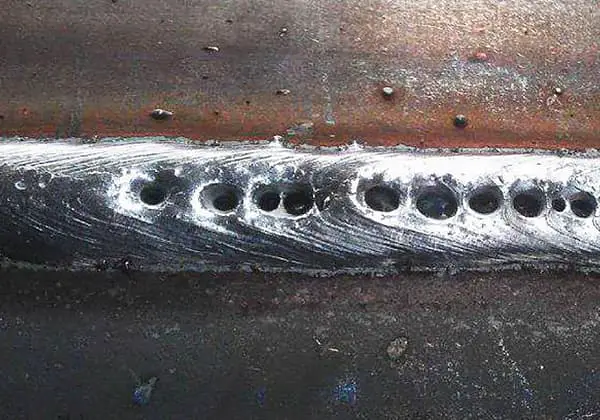
Gas shielded welding machine has many advantages such as easy operation, low price, strong applicability, and high welding strength.
It is an essential maintenance equipment for many automobile repair companies and schools. Gas shielded welding machines have fewer faults, and common issues include wire jamming and blockage in protective gas flow.
This article takes the example of a MIG 6250 welding machine to introduce the causes and troubleshooting methods of its blocked protective gas flow.
When metal welding is performed, if the welding parts are directly exposed to air, the liquid metal at high temperatures will react with nitrogen, oxygen, and hydrogen in the air, causing defects such as pores and cracks during the solidification process of the metal.
This can result in a decrease in the strength or embrittlement of the welded area.
To ensure good welding strength, certain protective measures are taken during welding. For example, manual arc welding involves coating the surface of the welding rod with a layer of flux.
During welding, the flux decomposes and melts, covering the surface of the weld to isolate it from air. This method removes the influence of harmful gases and ensures good welding results.
However, this method is suitable for welding thick steel plates but not for thin steel plates used in automobile repairs.
In automobile repair, gas shielded welding machines are commonly used, which usually use pure carbon dioxide or a mixture of carbon dioxide and argon as the protective gas.
The protective gas is transmitted to the welding area through the gas supply pipeline. The on and off of the gas supply pipeline is controlled by a control solenoid valve, which is operated by the welding gun switch.
When the welding gun switch is pressed, the welding machine first opens the control solenoid valve to connect the gas cylinder with the welding gun gas supply pipeline, thereby removing the air in the welding area and ensuring that there are no harmful gases in the welding area before electricity is supplied for welding.
When the welding gun switch is released, the welding machine delays the closure of the control solenoid valve to allow the weld to cool under the protection of the protective gas, improving the welding quality and ensuring welding strength.
As analyzed above, the quality of welding in gas shielded welding mainly depends on the protective gas. So how to judge whether the protective gas is normal?
Firstly, it is necessary to develop the habit of checking before welding. Loosen the valve of the gas cylinder, and the pressure gauge (as shown in Figure 1) connected to the valve will show the pressure of the protective gas in the cylinder.
By checking the pressure gauge, one can determine the amount of protective gas stored in the cylinder.
Secondly, during the welding process, if the smoke increases or the metal in the weld pool boils, it indicates that the protective gas flow is blocked, leading to insufficient protective gas.
Finally, check the quality of the weld. If there are many pores in the weld, as shown in Figure 2, it means that there was insufficient or no protective gas during welding.


Before starting work, it is necessary to check the amount of protective gas in the gas cylinder.
If there is sufficient protective gas in the cylinder but protective gas still flows poorly during welding, there are several common reasons:
(1) Welding machine fuse blows.
To avoid damage caused by sudden increases in current such as electric surges, gas shielded welding machines are equipped with fuses.
When the fuse blows, the sound of the welding machine’s exhaust fan can still be heard, but the protective gas will not connect, and the wire feeder structure will not work. This type of fault is relatively easy to identify.
(2) Gas supply pipeline blockage.
This is the most common cause of poor gas flow in gas shielded welding machines. The working environment of the welding machine is harsh, and dust and particles are more likely to accumulate, making it difficult to keep the welding machine clean.
In order to ensure the smooth sliding of the welding wire, lubricating oil may be applied to the welding gun wire feeding tube.
Over time, dust and particle accumulation may cause blockages in the gas supply pipeline.
In addition, bends and weight pressure on the gas supply pipeline can also cause blockages, leading to poor gas flow.
(3) Abnormal control solenoid valve (as shown in Figure 3).
When the control solenoid valve is working normally, it can turn on and off the gas supply pipeline as needed, thereby ensuring welding protection and saving gas.
If the control solenoid valve is abnormal, it will not open when powered on, and the valve will remain closed, preventing the protective gas from being delivered to the welding area, resulting in a lack of protective gas.

After understanding the principles of gas shielding and the reasons for poor gas flow, it is not difficult to troubleshoot poor gas flow in protective gas. The usual method is to start checking from the gas cylinder along the direction of gas flow.
A more efficient approach is to first divide the troubleshooting into segments using the control solenoid valve as a boundary, and then use instrumentation to make judgments.
The steps of the inspection are as follows:
(1) Check the pressure of the gas cylinder.
Open the valve of the gas cylinder and check if the pressure gauge on the pressure regulator shows 0 MPa. If so, it means that the gas cylinder is empty or the pressure gauge is faulty.
Loosen the connection thread between the pressure regulator and the gas cylinder. If the gas flow is weak, it indicates that there is no protective gas in the gas cylinder and it needs to be replaced with a cylinder filled with protective gas. Then retest whether the gas flow is unblocked.
If the gas pressure of the gas cylinder is not 0 MPa, proceed to the next step.
(2) Check the control solenoid valve.
Remove the outlet pipe of the control solenoid valve, open the valve of the gas cylinder, and rotate the flow meter control knob to ensure smooth gas flow through the front section of the control solenoid valve.
Press the ventilation switch on the welding machine or the air supply switch on the welding gun to check if the gas flow from the outlet of the control solenoid valve is normal.
If it is normal, it indicates that the front gas supply pipeline of the control solenoid valve is normal.
You can skip to step 6 for further checks. If the gas flow from the outlet of the control solenoid valve is abnormal, proceed to the next step.
(3) Check the gas flow at the inlet of the control solenoid valve.
If the gas flow at the inlet of the control solenoid valve is normal, it indicates that there is a fault with the control solenoid valve. If the gas flow at the inlet of the control solenoid valve is abnormal, proceed to the next step.
(4) Check the gas flow meter (as shown in Figure 4).
Remove the outlet pipe of the gas flow meter, open the valve of the gas cylinder, and adjust the control knob of the flow meter to change the gas supply flow from small to large and then back to small.
Check if the small steel ball indicating the flow rate changes accordingly. If the indication changes abnormally, check whether the inlet of the gas flow meter is blocked or replace the gas flow meter for testing.
If the indication changes normally, proceed to the next step.
(5) Check the gas supply pipeline before the inlet of the control solenoid valve.
If the gas cylinder has sufficient gas storage, the pressure regulator and gas flow meter are normal, and the reason for poor gas flow is due to a blockage in the gas supply pipeline between the outlet of the gas flow meter and the inlet of the control solenoid valve, you may unblock or replace the gas supply pipeline.
If the gas supply pipeline before the inlet of the control solenoid valve is normal, proceed to the next step.
(6) Check the airflow between the welding gun wire and the welding machine body interface to the gas distributor of the welding gun (refer to figure 5).
The protective gas is sent out from the welding machine body, flows through the welding gun wire feeding pipeline, and is sprayed out from the gas distribution device.
Use an air gun to blow air through this section of the gas supply pipeline to check whether the gas flow is unblocked.
If it is not unblocked, check or replace the gas distribution device and the gas supply pipeline separately. If this section is unblocked, proceed to the next step.


(7) Check the gas supply pipeline inside the welding machine body after the control solenoid valve. This section of the gas supply pipeline is generally in a closed state and rarely has faults.
However, it may become bent or crushed, causing poor gas flow in the pipeline. It can be repaired or replaced.
Fault phenomenon:
During a welding process in a welding training room, a newly purchased DaiKa MIG 6250 welding machine was used for less than 4 months.
The previous work was relatively stable, but suddenly there was an increase in welding smoke, surface contamination of the welded parts, boiling of the weld pool, high welds, and internal porosity.
Fault diagnosis:
When testing the welding machine separately, it was found that the protective gas flow was not smooth, causing the weld to lose protection.
Since the usage time was not long, the utilization rate was not high, and the body had never been disassembled, blockage was very rare.
After checking according to the aforementioned troubleshooting steps for poor gas flow in protective gas, all suspected components involved in the first six steps were normal.
Then, upon further disassembly, the gas supply pipeline, circuit board, and related components behind the control solenoid valve were all normal.
Continuing to check the gas supply pipeline along the gas flow direction, it was found that the gas supply pipeline behind the wire feeding mechanism on the other side of the welding machine was severely bent and deformed, as shown in Figure 6, causing the protective gas to be unable to pass through.
After smoothing out the bend in the gas supply pipeline, the welding machine was tested and the gas flow was unblocked, the machine worked normally, and the fault was resolved.

Why did the fault occur suddenly after 4 months of purchase instead of at the time of purchase, and where is the root cause of the fault? Common reasons for equipment failure include improper operation, environmental factors, design defects, etc.
Since there was no violation of the operating instructions for this welding machine, human error can be ruled out as a reason.
The fault occurred in the hot summer season while the machine was purchased in winter, and there is a significant temperature difference between the seasons.
The gas supply pipeline is made of plastic material, which is relatively hard when the temperature is low, and becomes soft when the temperature is high.
During installation, when the temperature was low, the gas supply pipeline had greater resistance to bending, but as the temperature increased, the resistance to bending decreased, causing the degree of deformation to become more severe.
The gas pressure inside the gas supply pipeline cannot expand the pipeline, and thus the welding machine experienced poor gas flow in protective gas.
To prevent the recurrence of such faults, high-adhesive tape can be used to fix the gas supply pipeline, as shown in Figure 7.

Troubleshooting
After fixing the air supply pipeline with high-adhesive tape and testing the machine, the fault was completely resolved.
Fault Summary
The fault appeared to be caused by the bending of the air supply pipeline due to changes in ambient temperature, but in fact, it was caused by the pipeline being too short, which is a design problem. Maintenance personnel should have basic equipment maintenance and repair skills. For common faults of welding machines, do not be constrained by conventional thinking. Be bold and break through because there may also be problems with the design.

